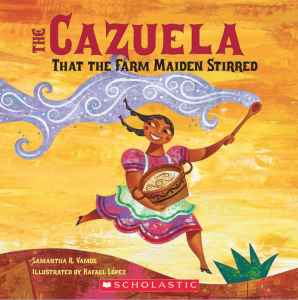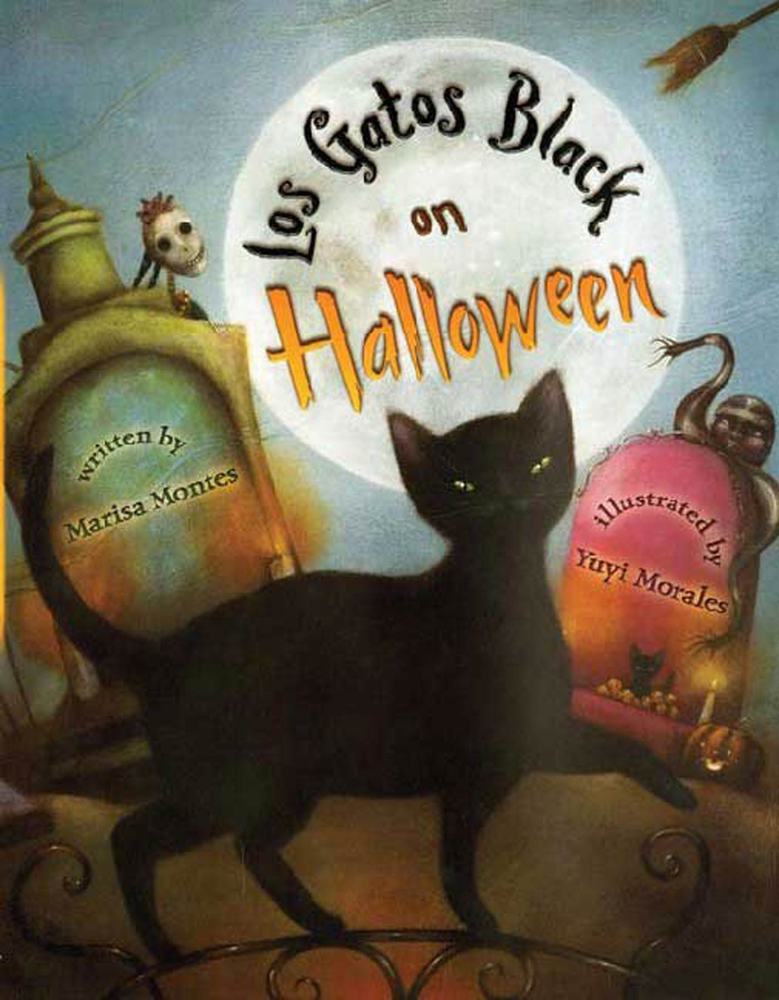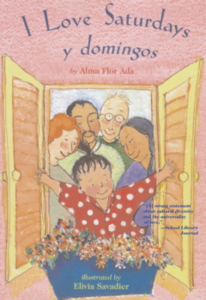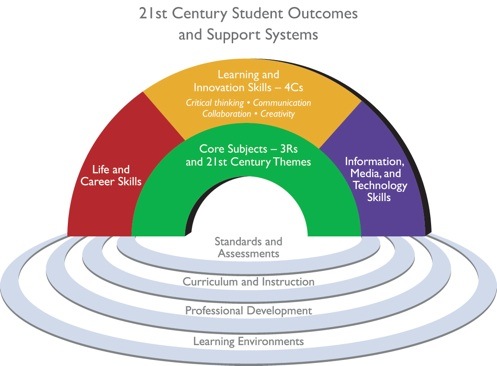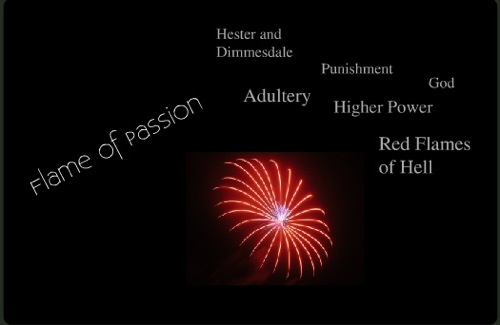by Janine Schall, University of Texas-Pan American, Edinburg, TX
 We know that collaboration can help students create more sophisticated responses to literature. As students think together through oral or written dialogue they hear multiple perspectives, challenge others’ thinking, and revise initial responses. While children have always talked with friends about the books they read, today reading is increasingly social in new ways. Informal talk on the playground is being supplemented with a variety of online resources. For example, a very quick Google search brought up multiple online sites for fans of the Harry Potter series, including a message board, wiki, and fanfiction site.
We know that collaboration can help students create more sophisticated responses to literature. As students think together through oral or written dialogue they hear multiple perspectives, challenge others’ thinking, and revise initial responses. While children have always talked with friends about the books they read, today reading is increasingly social in new ways. Informal talk on the playground is being supplemented with a variety of online resources. For example, a very quick Google search brought up multiple online sites for fans of the Harry Potter series, including a message board, wiki, and fanfiction site.
These sites are sometimes run by a publisher or author, but they are often started by children and adolescents who want to share a reading experience with others. These children are building, maintaining, and moderating the sites. In addition, they are contributing a tremendous amount of content through writing, artwork, and video.
It is clear that children love to talk about books with other children in these informal, out-of-school contexts. How can teachers harness some of that impulse towards social interaction to support thinking about literature in school as well? In this post I will briefly discuss three online possibilities that can help with this: social networking, wikis, and voicethread.
Continue reading →
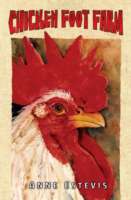 The Rio Grande Valley (RGV) of South Texas is a place of movement and change. As a Midwestern native now living in the RGV, I joined a history of immigrants to the Valley since the mid-1700s. Today emigration and immigration continues as Americans move to the RGV to pursue business opportunities, Mexicans move for economic opportunity and to flee drug cartel violence, and migrant farm workers harvest crops in the RGV in the winter and travel to other agricultural areas in the summer. Continue reading
The Rio Grande Valley (RGV) of South Texas is a place of movement and change. As a Midwestern native now living in the RGV, I joined a history of immigrants to the Valley since the mid-1700s. Today emigration and immigration continues as Americans move to the RGV to pursue business opportunities, Mexicans move for economic opportunity and to flee drug cartel violence, and migrant farm workers harvest crops in the RGV in the winter and travel to other agricultural areas in the summer. Continue reading 

 When children see their lives represented in literature, it shows them that those lives are worth representing. This holds special importance when children come from cultures or areas that are historically isolated, overlooked, or oppressed. The Rio Grande Valley (RGV) of South Texas has been all three. Because of its rural and isolated location, in many ways the RGV has had closer connections with Mexico than with the rest of Texas or the United States.
When children see their lives represented in literature, it shows them that those lives are worth representing. This holds special importance when children come from cultures or areas that are historically isolated, overlooked, or oppressed. The Rio Grande Valley (RGV) of South Texas has been all three. Because of its rural and isolated location, in many ways the RGV has had closer connections with Mexico than with the rest of Texas or the United States.  In 1992 I left my hometown in Indiana and moved 1500 miles away for a teaching job in the Rio Grande Valley (RGV) of South Texas. In doing so, I discovered a unique geographic and cultural region of the United States.
In 1992 I left my hometown in Indiana and moved 1500 miles away for a teaching job in the Rio Grande Valley (RGV) of South Texas. In doing so, I discovered a unique geographic and cultural region of the United States.
